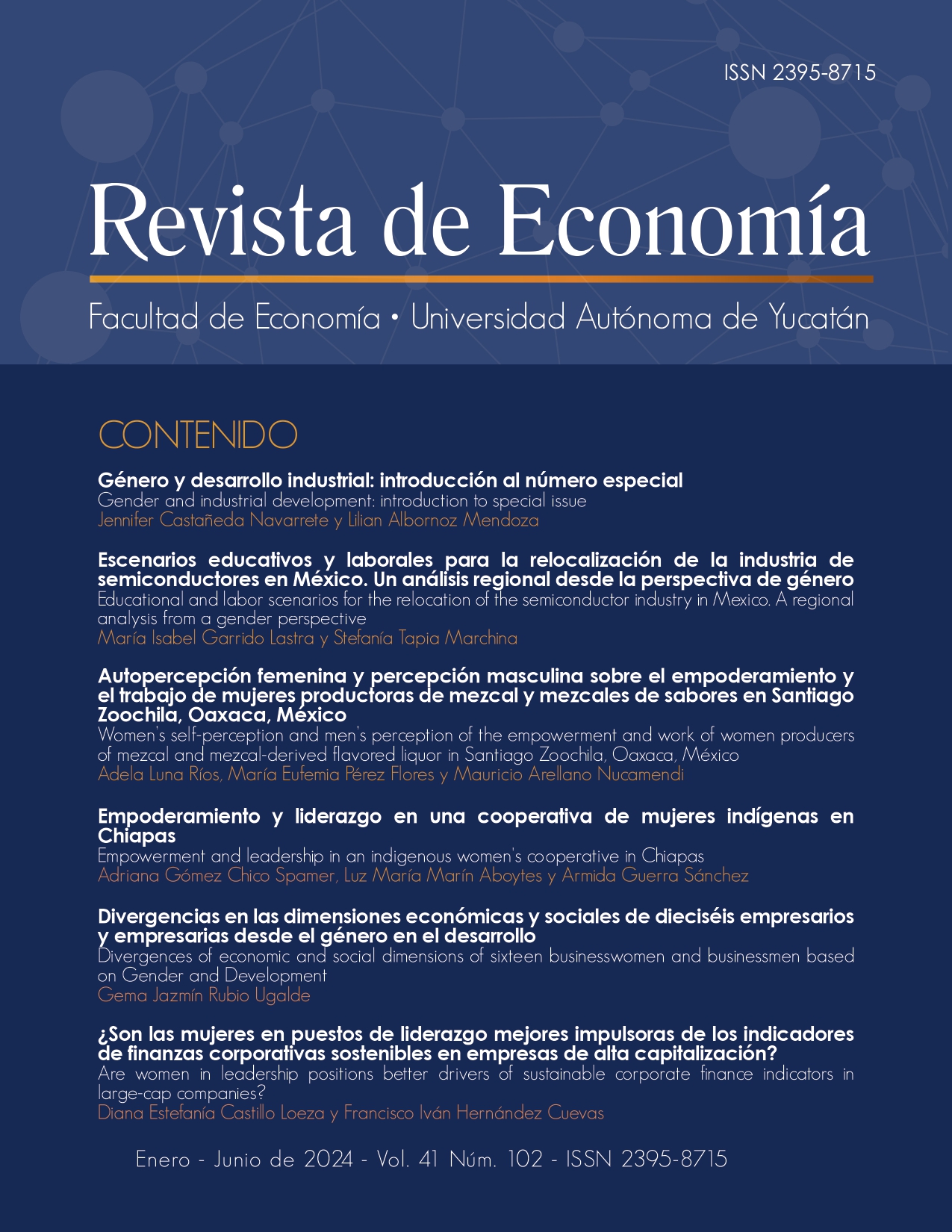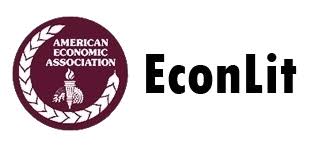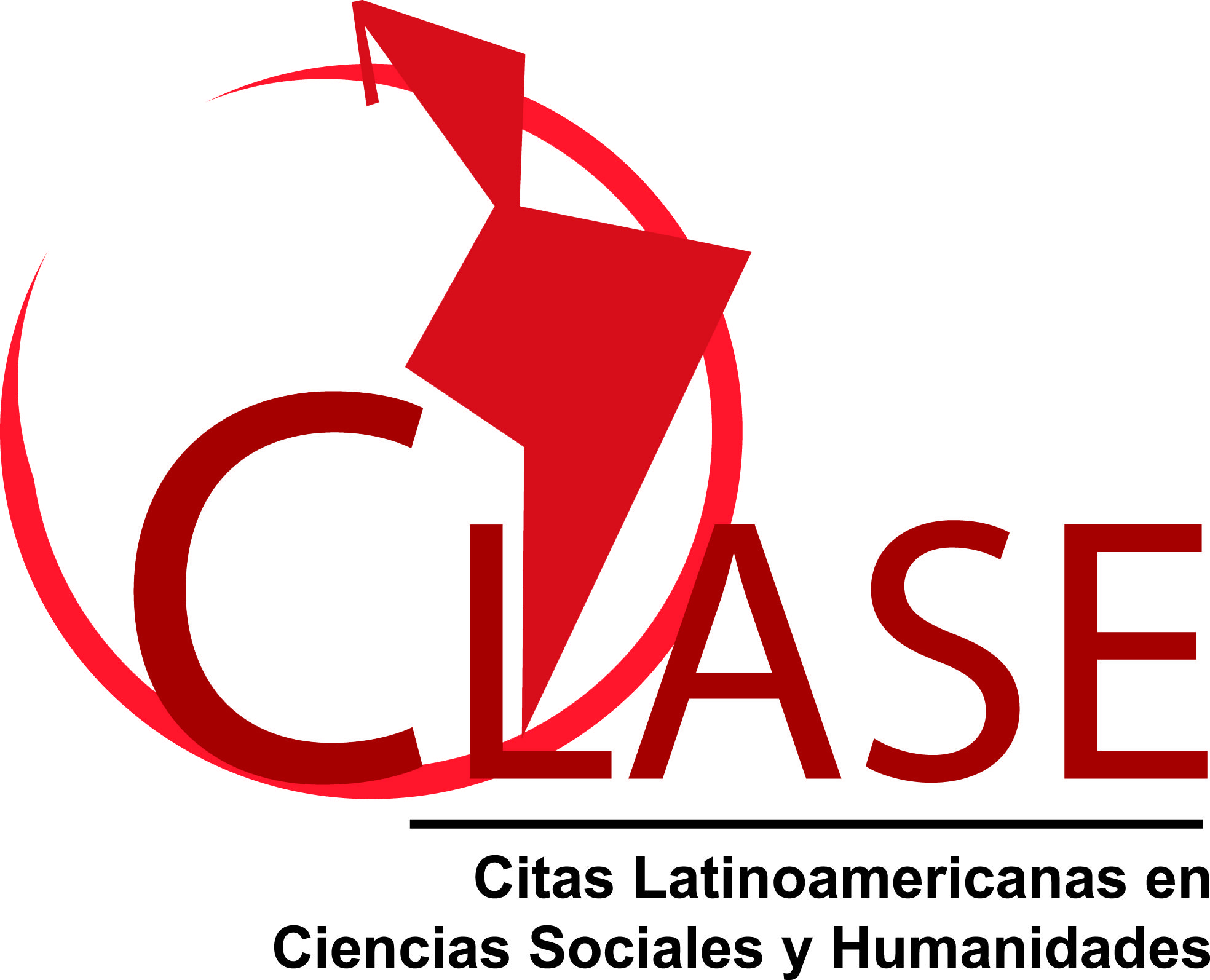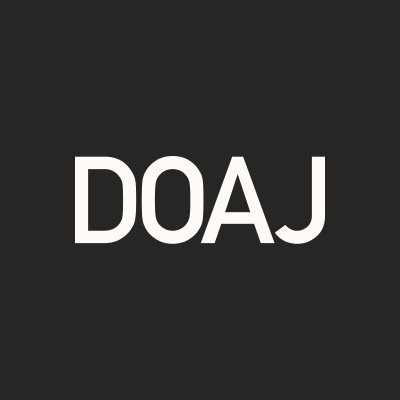Empowerment and leadership in an indigenous women´s cooperative in Chiapas
Abstract
For centuries, there has been gender inequality in Mexico, particularly in indigenous communities, where women depend economically on men. We report forms of participation and expectations of the founding members and later joiners of a women’s cooperative formed by splitting off from a social and solidarity economy entrepreneurship of male and female members. We analyze the case of the Junpajal O'tanil cooperative integrated by 96 Tseltal women, comparing differences in the perception of the founding members and those who joined later. Our hypothesis is that entrepreneurship exclusively formed by women, where they actively participate in decision-making, is a field that allows their empowerment and leadership, as well as the balance between caretaking tasks and income-related activities. During a field visit, we gathered information on the last five years from the splitting process to date. We find the women's cooperative makes the elements mentioned in the hypothesis possible. We identified that the decision to split off is related to the need to participate in strategic decision-making. We conclude that in this case, a women-only space can lower inhibiting factors for female empowerment and leadership, leading later to substantive inclusion and equality. This quasi-experimental research contributes to the empowerment of women from similar contexts, as well as to set grounds of participation for their full integration later. We contribute to filling a gap in studies on gender equality in the context of entrepreneurship in indigenous communities.
Copyright (c) 2024 Journal of Economics, Faculty of Economics, Autonomous University of Yucatan

This work is licensed under a Creative Commons Attribution-NonCommercial-ShareAlike 4.0 International License.
D.R. © Revista de Economía
The conditions that are required when granting the attribution license called CC -BY-NC-SA are the following:
1. The Universidad Autónoma de Yucatán must be clearly identified as the owner of the copyright of the original publication.
2. The material may not be used for commercial purposes.
3. Any derivative work must be published and distributed under the same open access license as the original publication.











